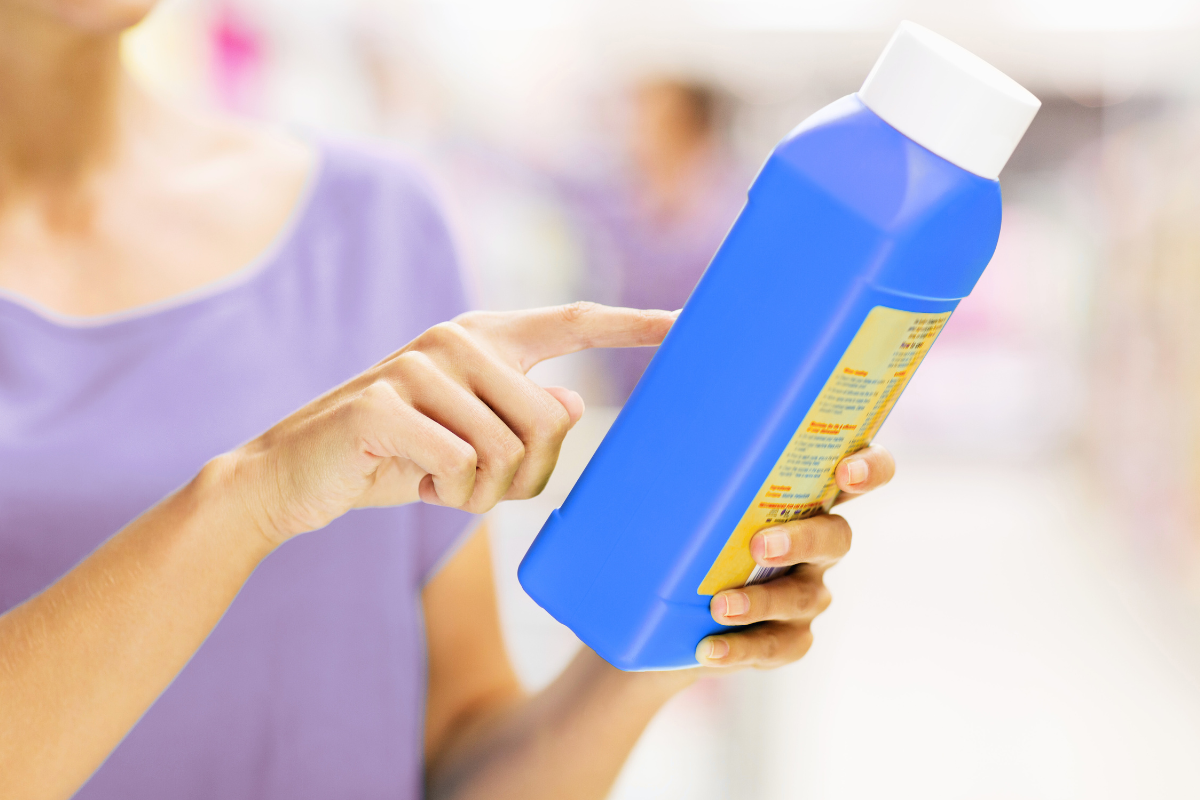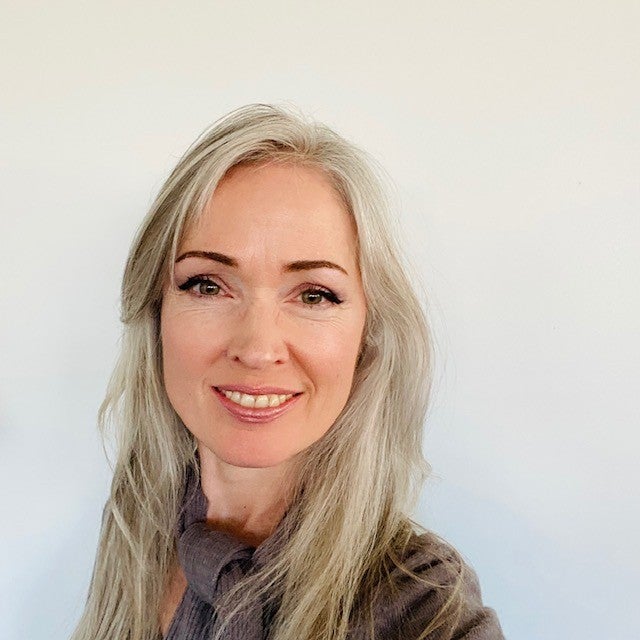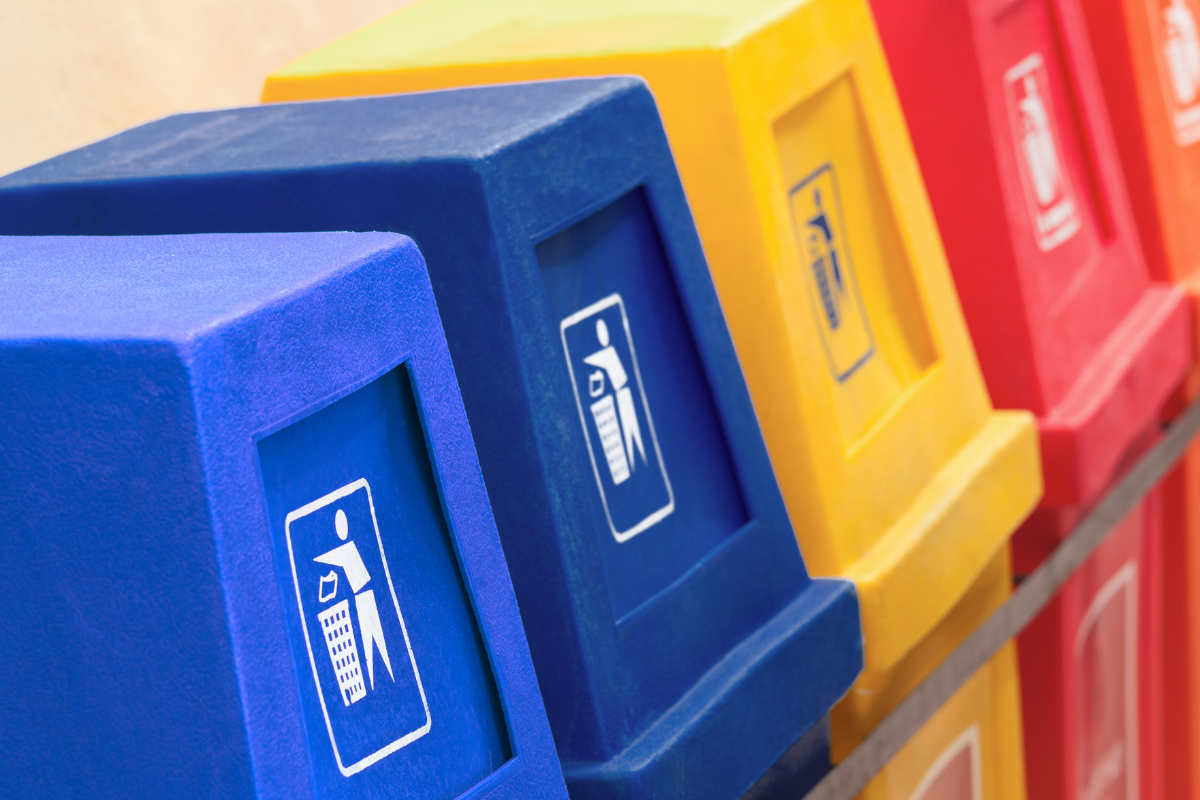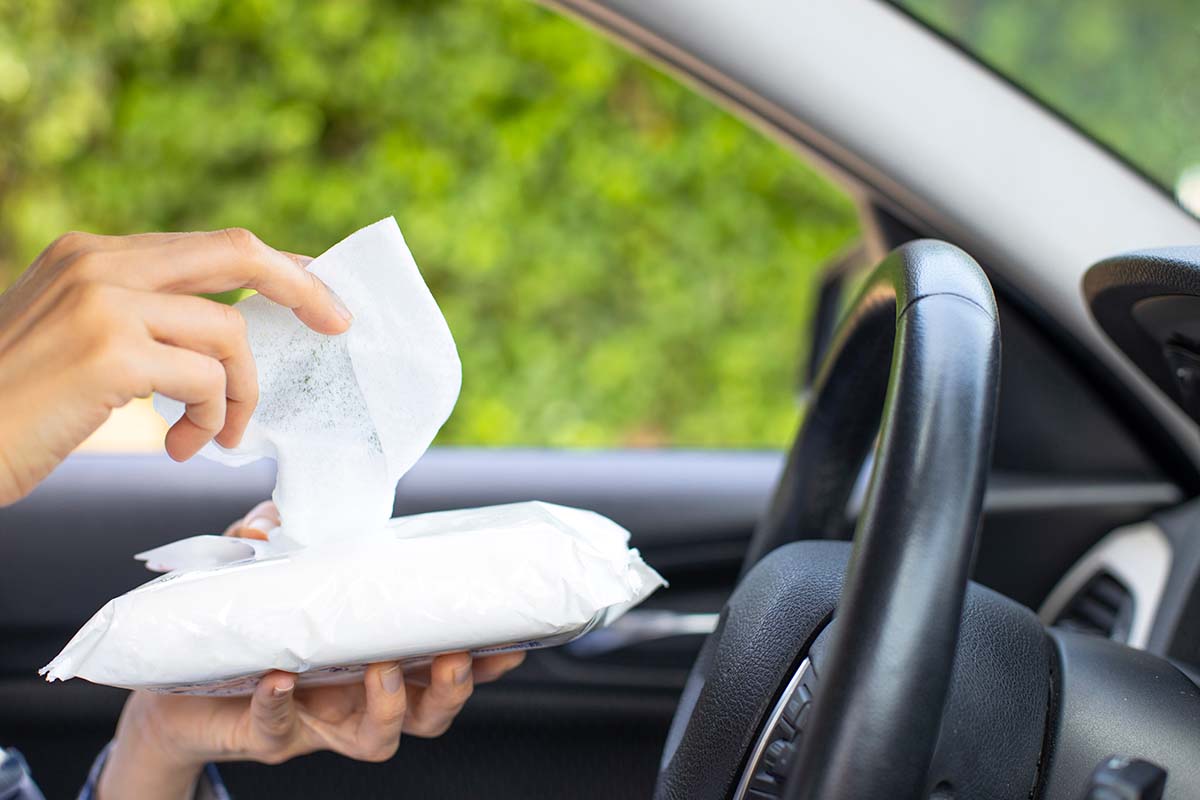Webinar series
How Innovation Drives Sustainability
Chapter 1 September 26, 2024
Transcript:
Welcome to Flexcon's webinar series Sustainable Packaging Begins with the Label.
My name is Marguerite McGrail and today I'll be talking with my colleague Dan Riendeau. Dan is Flexcon’s Strategic Business Unit Director for Packaging and an expert on sustainability. He is a member of TLMI’s Sustainability Committee, the APR Communications and Public Affairs Committee, and he's a keynote speaker for Sustainable Solutions in the packaging industry.
As a manufacturer of films and adhesives, Flexcon recognizes the potential impact on the environment from our manufacturing process, so we've made a commitment to creating solutions that positively impact the environment and society.
In this series, Dan and I are going to be discussing ways Flexcon supports environmental sustainability, and we'll make recommendations on what consumer packaging brands and converters can do to achieve sustainability that is both practical and impactful. Let's take a look.
Hey Dan.
Hey Marguerite, how are you?
Good! So let's begin by talking about why Flexcon has made this commitment to sustainable packaging and how innovation is driving this commitment.
Yeah, you know at Flexcon we've really taken a commitment to sustainability over the past year and earlier this year we launched Flexcon's first ever sustainability impact report highlighting all the great things we did back in 2023 focused on sustainability. We've also established goals for 2028 around sustainability.
What are some of these goals?
The first one is social—our goals are really focused on connecting our employees to the wider community and making a real impact from a social perspective.
The next one is environmental—developing commitments to advance our internal processes and address different types of waste and energy that Flexcon can actively improve.
And then our third goal is circularity—really developing market solutions that have a positive impact on our community and really improve people's lives.
So what else is Flexcon doing for sustainability?
Flexcon has dedicated over 25% of R&D resources into sustainability and innovation. Additionally, we've just commissioned an independent agency to perform an in-depth quantitative market research and trend analysis on consumer perception of sustainability, focusing on recycling behavior and brand perception of sustainable packaging—really looking at how it influences purchasing habits.
We spoke to over 750 consumers worldwide to understand what they care about when it comes to sustainability. You can download this report at Flexcon.com Elevating Sustainability Beyond the Label.
It's over 30 pages of insights on what brands can expect and what consumers are requiring from a sustainability perspective.
So what kinds of misconceptions do consumers have about recyclability?
There are actually a lot more than you think. For one, not all recycled materials are created equal. Some materials, like glass, require more energy and resources to recycle than others. Some materials that you might think are more sustainable—like a paper label on a PET container—are actually detrimental to the recycling process.
All those insights can be found in our white paper highlighting the misconceptions and ways to make improvements toward sustainability.
Okay, so let's talk more about those points and some of the changing consumer demands in our next chapter.
Thanks Dan, and thanks everyone for tuning in. See you next time.

Dan Riendeau

Marguerite McGrail


